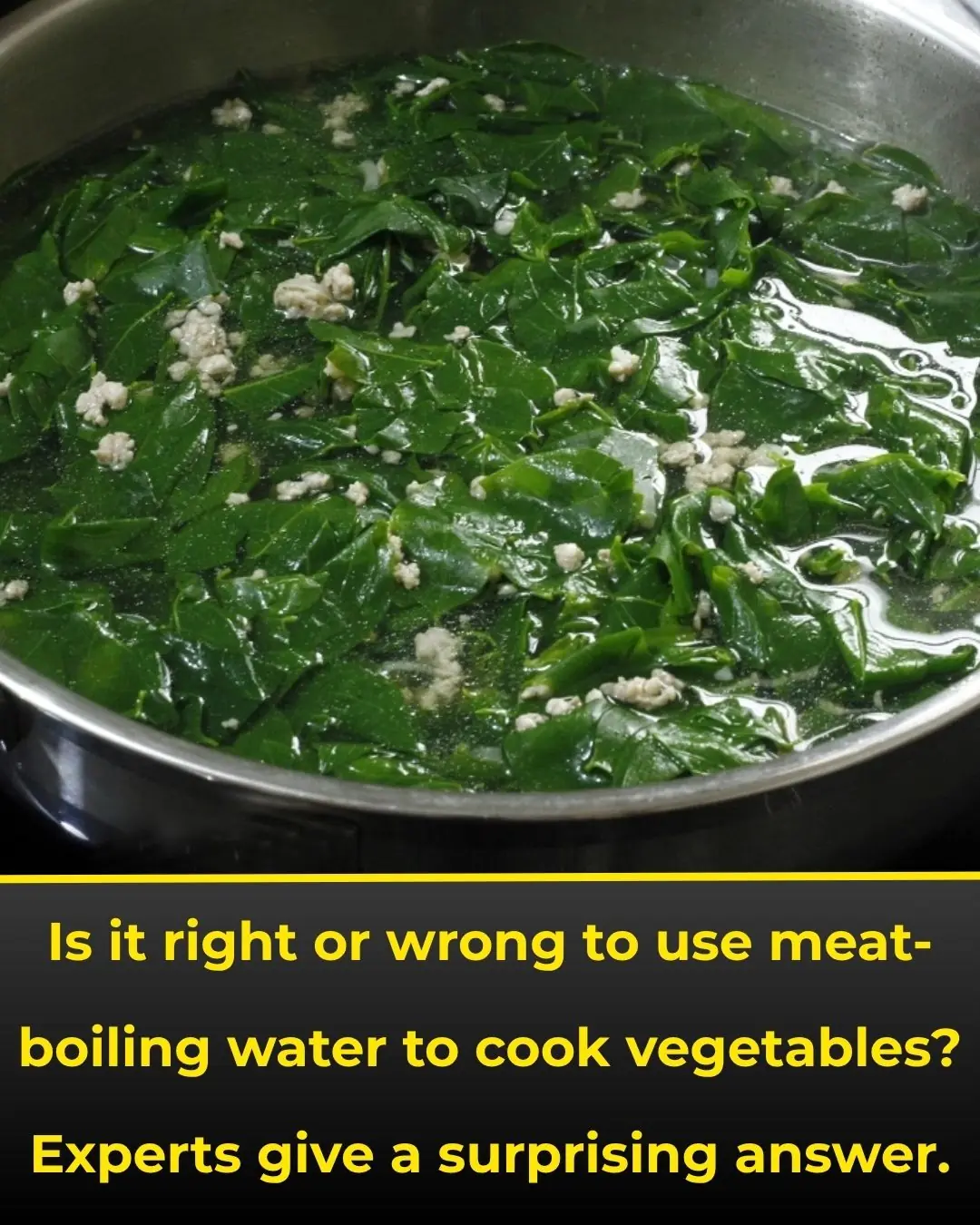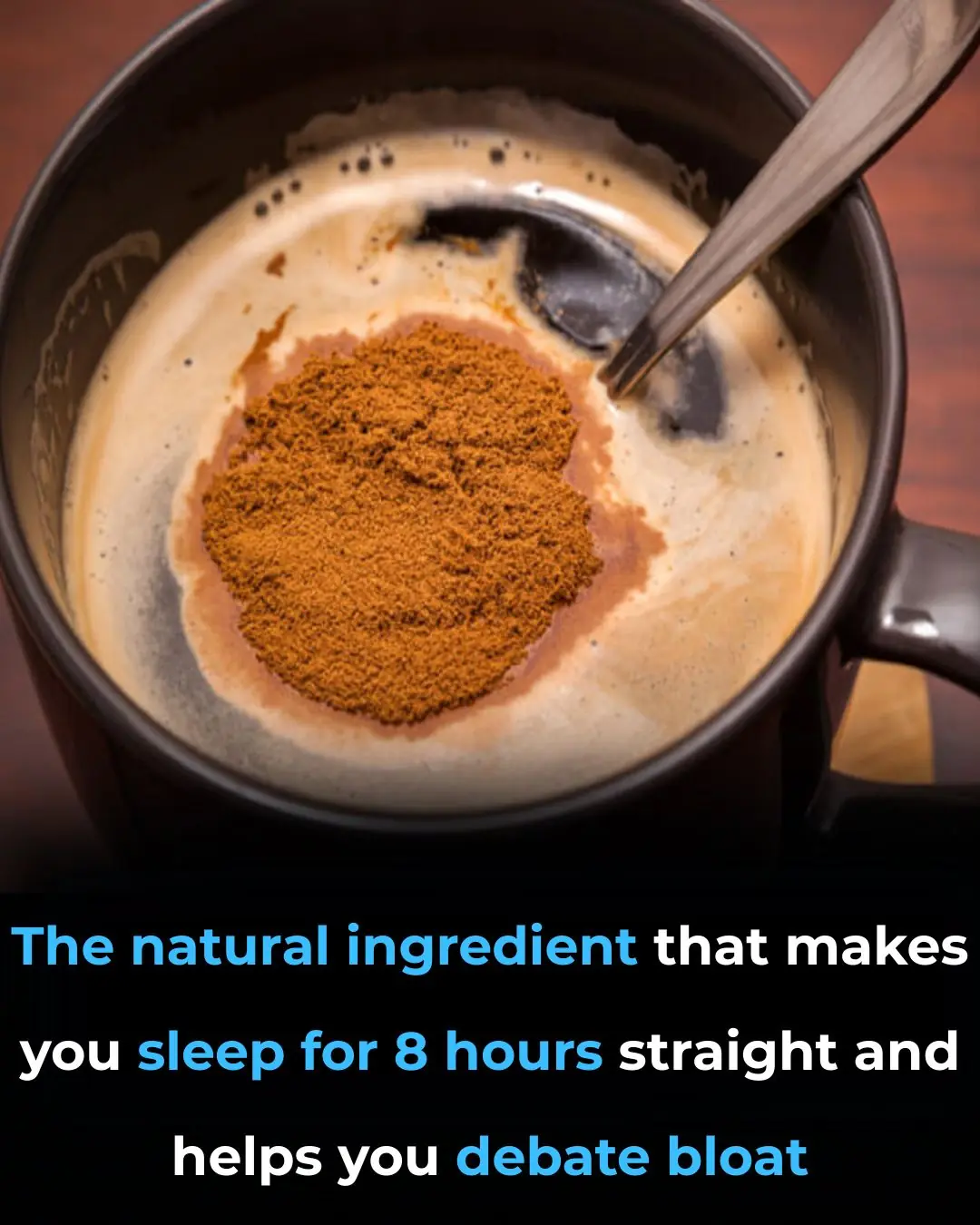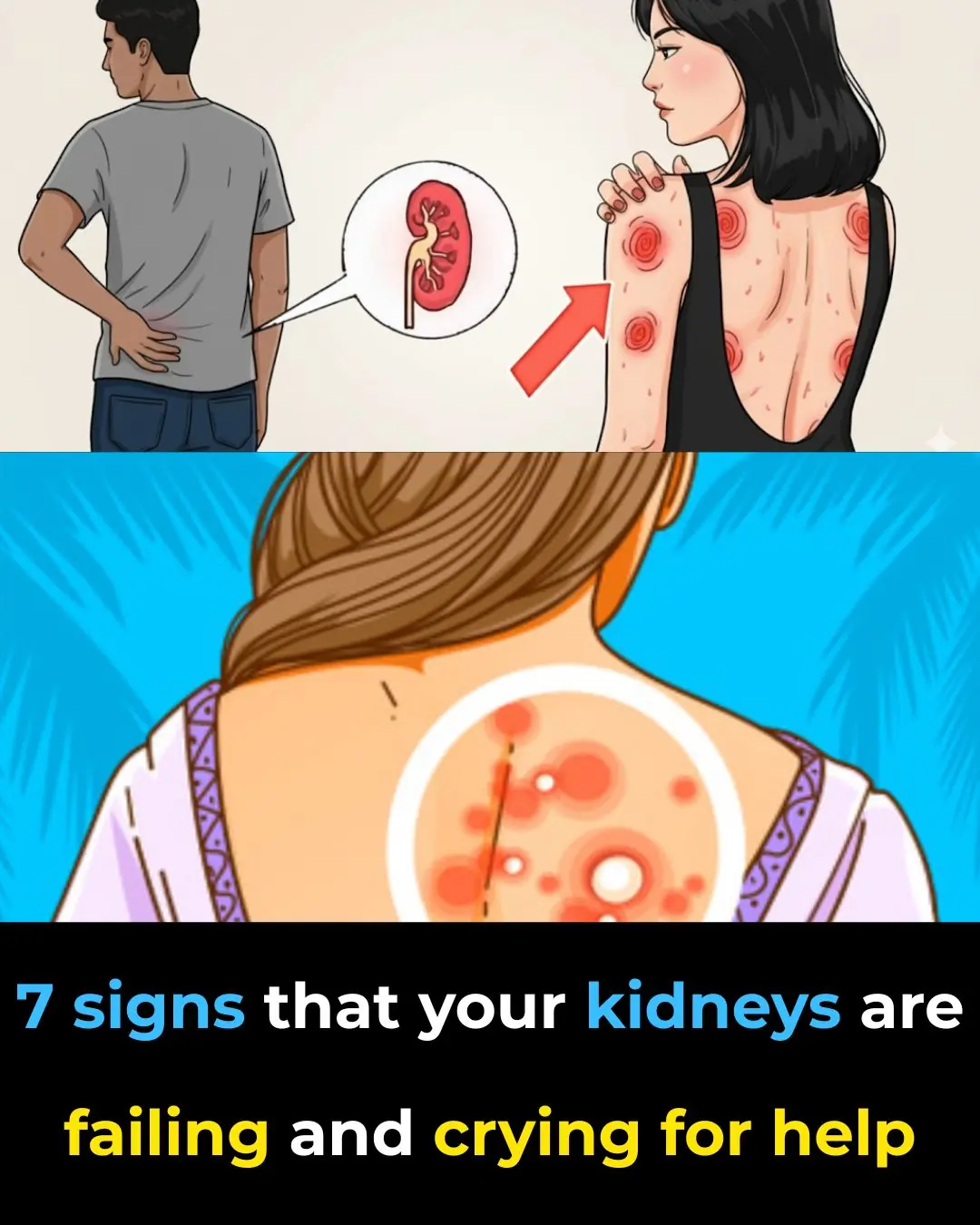
20-year-old Young Man Suddenly Suffers Acute Kidney Failure After Eating Oysters: Doctor Reveals the “Hidden” Cause
A 20-year-old man in Taiwan was rushed to the hospital with acute kidney failure and septic shock after eating around 30 grilled oysters. According to Dr. Diep Bing‑Wei, a hepatology and gastroenterology specialist at the Adventist Christian Hospital in Taiwan, the culprit was contamination by the bacterium Vibrio vulnificus.
What Happened
The patient and his friends ate about 30 grilled oysters one evening. Shortly afterwards, he experienced severe abdominal pain and multiple episodes of diarrhea. His condition rapidly deteriorated, prompting his family to take him to the emergency department. Medical evaluation revealed that he was suffering from food poisoning, intestinal infection, septic shock and acute renal failure.
Dr. Bing-Wei explained that the infection had spread swiftly, requiring immediate antibiotic treatment, vasopressor support and intensive fluid resuscitation. He was stabilized in hospital and discharged after several days of monitoring.
Why the Kidney Failure Occurred
Vibrio vulnificus is naturally present in warm coastal and brackish waters, and oysters filter seawater which allows the bacteria to concentrate inside their tissues. When consumed raw or under-cooked, the bacteria can cause serious infection. The CDC notes that while many Vibrio infections result only in vomiting or diarrhea, infections caused by V. vulnificus can be extremely serious, requiring intensive care or even leading to death. CDC+2CDC+2
In this case, the volume of oysters consumed (around 30) likely increased the bacterial load. The bacteria or their toxins triggered severe sepsis, which in turn caused multi-organ dysfunction including the kidneys. Acute kidney failure can occur in sepsis due to shock, toxin-mediated injury, or low perfusion.
Key Risk Factors & Warnings
According to CDC guidance:
-
Eating raw or under-cooked shellfish (especially oysters) is a major risk for Vibrio infections. CDC+1
-
The bacteria cannot be detected by sight, smell or taste in the oyster. CDC+1
-
People with underlying health issues (liver disease, diabetes, weakened immunity) are at far greater risk of severe outcomes. CDC+1
Although in this reported case the patient was only 20 years old (and presumably healthy), the sheer number of oysters and the potential bacterial load overcame his defenses, leading to severe infection.
What to Watch For
Common symptoms of Vibrio infection after eating contaminated shellfish include:
-
Diarrhea, abdominal cramps, nausea, vomiting, fever. FoodSafety.gov+1
-
If infection becomes invasive: bloodstream infection (septicemia), skin lesions, shock, kidney failure. CDC+1
How to Prevent
-
Do not consume raw or under-cooked oysters. Fully cook them to safe internal temperatures. CDC+1
-
People with open wounds should avoid exposure to seawater or raw shellfish juices. CDC
-
Handle shellfish hygiene properly: wash hands, avoid cross-contamination, discard shells that didn’t open during cooking.
-
Be aware that eating oysters “just grilled” or “half cooked” can still carry risk because temperature may not kill all Vibrio bacteria.
Why This Matters
Although severe cases are relatively rare, the fatality rate of V. vulnificus septicemia is high — around 1 in 5 according to CDC. CDC+1 The incident underscores that even younger individuals can suffer serious consequences if the bacterial exposure is large. The case also reminds us that quantity matters—not only the type of food but how much was consumed and how well it was cooked.
News in the same category


Netflix star issues message to MrBeast after claims YouTube star is opening his own bank

Remembering Lee Elder, A Trailblazer Who Broke Barriers In Golf

‘Towanda Was Right’: Tamar Braxton Lands In the Hot Seat After Cozy Onstage Moment with Toni Braxton’s Husband Birdman

Grow Luffa Vines Full of Fruit Instead of Just Leaves — Use This Simple Trick!

Traditional Doctor Reveals: The Pig’s Tail — A Natural “Power Booster” for Men’s Vitality and Women’s Beauty

The Medicinal Benefits of Goosegrass (Eleusine indica) in Traditional and Modern Medicine

Chilling Reality: The Coffee-Drinking Habit That May Have You Ingesting 1,000+ Microplastic Particles Every Time

Natural Drinks That Cleanse and Support Kidney Health

4 Plants That Attract Snakes — Remove Them Immediately to Stay Safe

Don’t Be Superstitious—but Be Smart: 5 Things You Should Never Pick Up from the Street

Detroit Teen Suspended For Cutting Hair At School Receives Apprenticeship From City’s Top Barber

Paul Tazewell Makes History as First Black Man to Win Oscar for Best Costume Design

This 9-Year-Old Saved Her Family After Her Parents Passed Out When Carbon Monoxide Filled Their Home

Meet The Founder Of Black Girls Golf, An Organization Looking To Make The Game More Inclusive

11-Year-Old Starts Candle Business To Save Tuition For His Dream School – Howard University

People left 'speechless' after noticing new addition to the White House website

Is It Safe to Use Meat Broth for Cooking Vegetables? Nutrition Experts Give a Surprising Answer

8 Plants Snakes Hate: Grow These Around Your Home to Keep Them Away Naturally
News Post

I had no clue about this!

1 natural ingredient that helps you a lot

Growing Kiwi Trees at Home: A Guide for Pot Cultivation

ALERT! 7 Early Signs Your Kidneys Are Crying for Help

Dandelion roots are the most important part of the plant

Why You Shouldn’t Pluck Your Nose Hairs

Adam Sandler Sends Heartfelt Flowers to Jennifer Aniston EVERY Year On a Specific Day and Here’s Why

8 reasons why adding baking soda to your toilet tank is a must-do trick

My nana taught me this hack to dust ceiling fans in 3 mins with 0 work. Here’s how it works

My nana taught me this hack to lift carpet stains in 2 mins with 0 work. Here’s how it works

YouTubers spend $10,000 unboxing three jet boats from Temu and are in shock at what's delivered

Netflix star issues message to MrBeast after claims YouTube star is opening his own bank

Remembering Lee Elder, A Trailblazer Who Broke Barriers In Golf

‘Towanda Was Right’: Tamar Braxton Lands In the Hot Seat After Cozy Onstage Moment with Toni Braxton’s Husband Birdman

The Elephant That Never Forgot.

The Man Who Never Stopped Living.

The Cry in the Cane Field: A Mother Leopard’s Reunion.

The Diver Who Never Came Back: The Story of Saman Kunan.

The Girl Who Refused to Give Up: Yulia’s Story of Survival and Courage.
